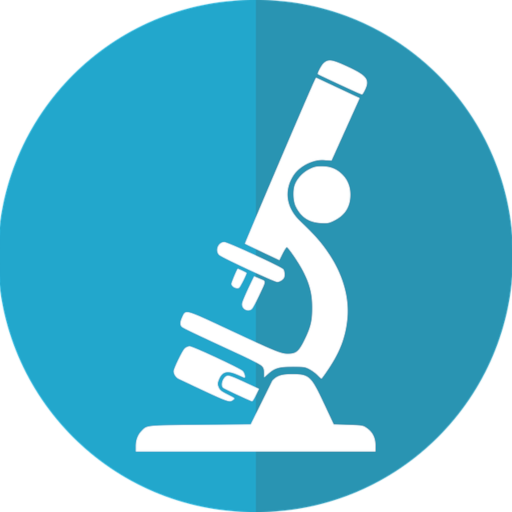Introduction
Many in the laboratory profession speculate about what the future may hold for this field. Automation continues to be introduced for higher complexity testing. Some systems allow us to track inventory and monitor the status of multiple instruments from the palm of our hand. But what comes next?
One topic that is buzzing around the lab community recently is Big Data and its implications in artificial intelligence (AI). If you work in a facility that is already utilizing some of this technology, we would love to hear from you in the comments section of this blog!
For the rest of us, this may seem a bit out of our comfort zone. Moving forward in this area would necessitate collaboration with laboratory professionals and computer scientists. While I definitely cannot explain to you how to make a virtual AI coworker, I have been doing some reading on this topic, and some big points of discussion for laboratory Big Data/AI are how we develop our labs into these data-generating factories and also potential applications (or in some cases, current applications!) of this technology.
Streamlining Lab Data
The two primary goals for streamlining lab data seem to be:
- to aid researchers, and
- to provide material for developing AI algorithms.
However, the progression of the clinical laboratory to this new age of Big Data does not come without some hurdles.
When it comes to developing AI algorithms, the more high-quality data, the better. In a perfect world, this would entail an uninterrupted data stream from the analyzer – to the LIS (laboratory information system) – to the HIS (health information system) – to a collective database that an AI can analyze or that researchers can comb over.
If we are trying to collect data on the largest scale, from laboratories around the world, we now have to look at standardizing things like test codes, reporting units, and reference ranges. And this, of course, brings up issues of PHI (protected health information). If the collection of data is not anonymized, it must be secured properly, and this leaves the ethical issue of who should be able to access this information. Additionally, algorithms must undergo an intensive validation and approval process to be used in the clinical setting.
It might be amusing when you ask Alexa, “What is the weather in Atlanta?” and she replies, “Ok, I ordered you some leather pants.” But one small mistake or misinterpretation from a healthcare AI could have devastating effects on many patients.
Now, of course, this is possibly an extreme end goal of data management. While we don’t have one giant database containing every bit of health information on every single person in the world, we have begun to tackle this project on a smaller scale.
Several healthcare AI applications have already been developed or proposed. Machine learning has been used to visually analyze X-rays, mammograms, blood smears, and pathology slides. Janne Cadamuro (2021) notes that this system is best used to assist clinicians, not to replace them. He cites one study that showed the best detection rate of breast cancer cells was not from the AI algorithm (.925) or the pathologist (.966), but from the collaboration of the two (.995). The system can also quickly sort through normal images and turn them out, giving providers or lab personnel more time to review the abnormal cases. AI has also been implicated as a QA monitor, so it could watch for trends in lab results in real-time and possibly prevent QC issues down the road.
AI algorithms have also been suggested for assisting clinicians with laboratory orders. Using the patient’s clinical information, the AI could come up with a plan for initial testing, frequency of repeat testing, and additional orders based on the initial results. This would help the lab cut down on unnecessary work and help the care team see the most relevant lab results on their patient, instead of having to sort through an overwhelming amount of lab data.
Another area with a lot of data to comb through is the various “-omics” that are being introduced to medicine. Genomics, proteomics, and metabolomics are some examples. While genetic testing might look at a few specific genes or a chromosome abnormality, genomics entails analyzing an individual’s entire genome and how it compares to other genomes in the population. Naow, remembering that a genome is billions of base pairs, we can see that it is not feasible to do this analysis manually. Instead, we could let an AI scrutinize many genomes and come up with correlations for us.
In Conclusion
The field of laboratory medicine is ever-changing. It is one of the reasons that I chose this profession. It can be exciting to wonder about where we are headed next. Both the lab and healthcare as a whole will have to undergo some infrastructure changes in order to make full use of medical artificial intelligence, but there is a lot of potential to revolutionize workflows and make new clinical discoveries.

